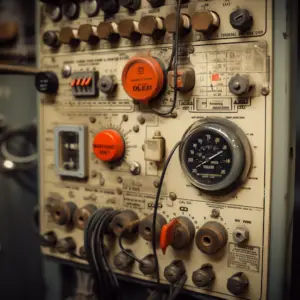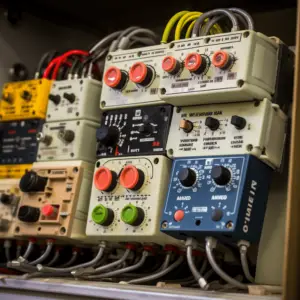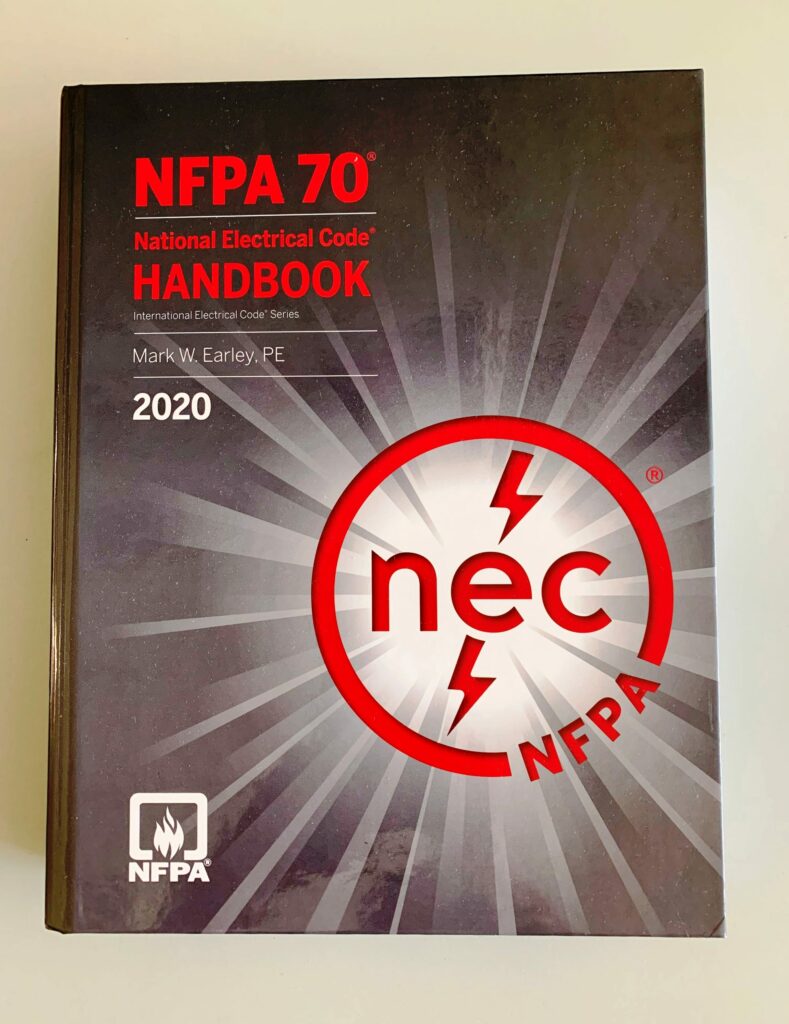Electrical Codebooks, There are so many different handbooks and codes out there, and it can be difficult to know which you need to follow. When it comes to electricians, though, two of the most important documents are NEC Handbook and Codebook.
These two are also the most important building documents for any building owner, engineer, or architect. But what’s the difference between them both? How do you use them? Or how do you even know which one you need to follow?
Well, in this article, we will determine how these two solution providers compare to each other in terms of use and the reason for it thereof.
Table of Contents
NEC Handbook Vs Codebook: What’s the Difference

The National Electrical Code manual provides background, code interpretations, and suggestions for understanding and applying the standards.
The shorter Codebook includes the entire Code, commentary, and graphics to assist understand and implement the rules. Thus, the Codebook contains only the Code’s language and requirements. No backstory or explanations are in the Codebook.
NEC Handbook, issued by the National Fire Protection Association (NFPA), is the most extensively used electrical code in the US.
The International Association of Electrical Inspectors publishes the NEC Codebook, a collection of the code. Many jurisdictions recognize the IAEI codebook, which is less popular than the NEC Handbook.
NEC Handbook Vs Codebook: Which is Easier To Understand
The code book is written entirely in legalese and it is 900 pages long, making it quite difficult to grasp on its own. On the bright side though, the manual is helpful since it clarifies the NEC in plain language. The materials provided by Mike Holt are excellent, they help people understand legalese, and they are well-liked for a reason.
However, none of the above are installation or design guides. A DIYer is better off using one of the many DIY or home wiring books, and for more sophisticated work, you may want to get it checked.
Electrical Codebooks Most of these books are rewritten for each code cycle, so it’s better to get the edition produced for the code revision in effect in your area, even if it’s no longer available new. Additionally, previous versions of these works are easily available online.
For instance, Black & Decker publishes a great line of books for do-it-yourselfers and homeowners, including one specifically on electrical work and another called Codes for Homeowners that covers a wide range of subjects. Instead of purchasing one, you may locate them in many libraries and check it out!
A broad introduction to the subjects most pertinent to a specific sort of homeowner project is highly beneficial, and that’s what Black & Decker’s books accomplish effectively. This is true even though the NEC or other code books are valuable resources. Many home improvement businesses also sell these books.
NEC Handbook Vs Codebook: Recommendation

Electrical Codebooks goes without saying that you would select a book that is appropriate for the sort of task you are performing (e.g. home improvement and oil-rig wiring).
Start with a DIY book that “speaks your language,” which you can find by donning PPE, visiting the library at home shops, which still have them, or genuine municipal libraries (though being cautious of outrageously out-of-date or foreign books.
Then, rely on websites and online forums like StackExchange for detailed queries on the gore that go beyond the scope of the book.
Then reach out to a reputable, competent electrical supply company for advice on essential components and the like (e.g. what kind of cable clamp can bring 4 Romex into a 1″ knockout). After that, work on a searchable Code for Code references.
Codebook
The codebook on paper and the guidebook in.pdf format is usually considered the best options. The guidebook itself has so many details in it that you can’t find the area you need as quickly after a time when you clearly know what you are searching for in the code.
Moreover, these books may often be browsed easily. Choose the one you prefer and order it via mail. Except for books, experts have it that nothing electronic should ever be purchased from Amazon.
The Bottom Line
What is the difference? Well, it’s all code in the codebook. The manual is entirely written in code, with comments and images in virtually every section. This makes it difficult to search for the precise code you want. Since none of the other code books (IBC, IRC, etc.) and it’s hard to explain why the NEC has one.
The book you should follow relies on its purpose.The basic Code book should verify real conditions (ampacity, motor current, support requirements, authorized usage, etc.). For more information and useful illustrations and sketches, the Handbook is better.
You will find the identical code information in the guidebook and code book. The guidebook has images and comments, which most users find easier to understand and identify code portions.
You can always consult the instructions. See exhibits 250.16, 250.37, 250.38, 250.39, 250.48, 285.1, and 285.2 in the 2008 NECH for many additional photos and photographs.


